Description
What is a Cellular NB-IoT 4G 3G GSM Wifi Combo Antenna?
The Cellular NB-IoT 4G 3G GSM Wifi Combo Antenna CTRF-ANTENNA-EX-27-24-6051-SMA is an external 3G wifi 4G puck antenna through-hole mount antenna SMA male cable dome antenna manufactured by C&T RF Antennas Inc, the vehicle antenna manufacturer in China.
The Cellular NB-IoT 4G 3G GSM Wifi Combo Antenna is a 2×2 MIMO antenna that comes with x2 SMA male connector antenna, x2 RG cable 174 with 1M/2M/3M choosable, covering Lora NB-IoT UMTS PCS 4G 3G GSM Wifi Bluetooth wireless network frequency bands for outdoor applications.
C&T RF Antennas Inc provides RF antennas with other antenna radio frequencies such as 169MHz, 230MHz, 315MHz, 433MHz, 868MHz, 915MHz, VHF&UHF, Lora, NB-IoT, ADS-B, GSM, GNSS, Wifi 2.4GHz, 5.8GHz, 2G 3G 4G LTE, GPS, 5G NR, etc.
C&T RF Antennas Inc provides the indoor-outdoor antenna with many antenna types such as Dipole Antennas, Whip Antennas, Marine Antennas, Router Antennas, MIMO Antennas, PCB Antennas, FPC Antennas, Spring Antennas, etc.
Contact us for more details on the Cellular NB-IoT 4G 3G GSM Wifi Combo Antenna such as the Cellular NB-IoT 4G 3G GSM Wifi Combo Antenna datasheet, Cellular NB-IoT 4G 3G GSM Wifi Combo Antenna inventory, Cellular NB-IoT 4G 3G GSM Wifi Combo Antenna pricing, etc.
Or the other Cellular LTE 4G 3G GSM / GPS / Wifi / BT antenna combination antenna types.

Cellular NB-IoT 4G 3G GSM Wifi Combo Antenna Puck Antenna specifications
Cellular NB-IoT 4G 3G GSM Wifi Combo Antenna Puck Antenna Electrical Specifications |
|
| RF Antenna Type | Combination Antenna |
| Model | CTRF-ANTENNA-EX-27-24-6051-SMA |
| Frequency | 698-960MHz, 1710-2300MHz, 2400-2500MHz, 2500-2700MHz |
| Gain | 5dBi |
| VSWR | ≤2.0 |
| Impedance | 50 Ω |
| Polarization | Vertical |
| Cable Type | RG174 x2 |
| Connector | SMA Male x2 |
| Cable Length | 1Meter x2 |
| Max Power | 50W |
| Lightning Protection | DC-Ground |
Cellular NB-IoT 4G 3G GSM Wifi Combo Antenna Puck Antenna Mechanical Specifications |
|
| Dimension | 60x51mm |
| Weight | Approx. 50g |
| RadomeMaterial | Plastic ABS |
| Operation Temperature | -40˚C~+85˚C |
| Storage Temperature | -40˚C~+80˚C |
| Finished Antenna Color | Black |
| Antenna Design | Dipole Array |
| Mounting | Through-Hole Screw-Mounted |
| SafetyEmission and other | RoHS Compliant |
| Applications | ISM/SCADA/Utilities, IoT/M2M, 2G 3G 4G LTE GSM GPRS UMTS NB-IoT LoRa PCS, 2.4GHz/Wifi/BT, etc |
The difference between Wi-Fi and 4G networks
Wi-Fi is primarily a local area network technology that uses radio waves to provide high-speed Internet access to Wi-Fi-enabled mobile devices. It not only allows mobile devices such as smartphones, laptops, and tablets to connect to the Internet but also allows them to communicate with each other wirelessly.
4G is the networking technology typically associated with cell phone systems that use short-range radios to facilitate mobile device communications over an area consisting of cells and transceivers, and 4G networks mean that if a device has a bee-space plan attached to it. The plan uses a bee-air signal to connect to the Internet.
Technologies involved in Wi-Fi and 4G networks
Wi-Fi is a key meta-table and key wireless network technology based on the IEEE 802.11 standard. It is the name of the wireless standard or protocol used by the Wi-Fi Alliance for wireless communication.
Any Wi-Fi-enabled device can seamlessly communicate wirelessly with another Wi-Fi-enabled device.
Cellular refers to a mobile network that is distributed over a wide area commonly referred to as “cells” that are linked to a base station, which in turn facilitates wireless connectivity via cell phones.
Networks
Wi-Fi enabled means that devices can broadcast and receive information using the Wi-Fi standard if a wireless signal is available. This means that anyone can use a mobile Wi-Fi device to connect almost anywhere they work without the need for mobile cables.
The main purpose of 4G networks is to provide high-capacity coverage over a wide area and to provide a cost-effective solution to the network in terms of coverage, capacity, and quality. Mobile technology is the technology used for cellular communications.
Data limitations of Wi-Fi and 4G networks
Wi-Fi devices rely solely on Wi-Fi to connect to the Internet, which is typically much faster than 4G networks. Wi-Fi is ideal for data-intensive uses such as online movies, video conferencing, downloading music, and videos, etc. Typically, Wi-Fi has no limit on the amount of data that can be used in a day or month.
4G networks, on the other hand, use proprietary frequencies and dedicated cellular carriers, and the service is based on weekly or monthly plan charges. The service is charged on a weekly or monthly plan. Cellular data plans typically have daily or monthly caps on data usage limits.
The through-hole screw mount antenna Cellular NB-IoT 4G 3G GSM Wifi Combo Antenna features
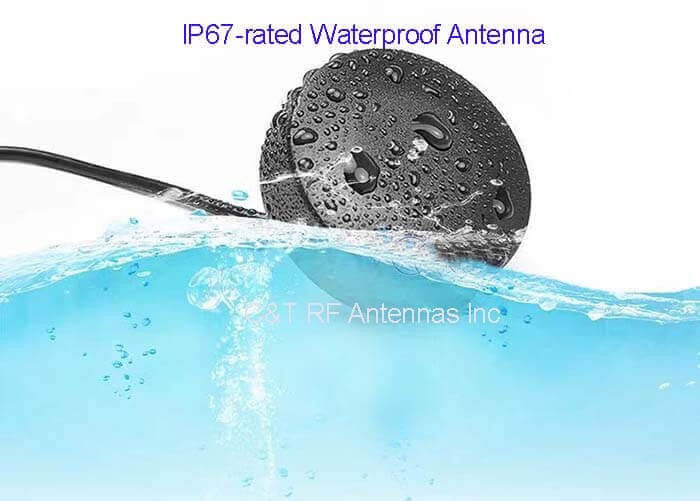
Dome antenna Cellular NB-IoT 4G 3G GSM Wifi Combo Antenna MIMO antenna applications
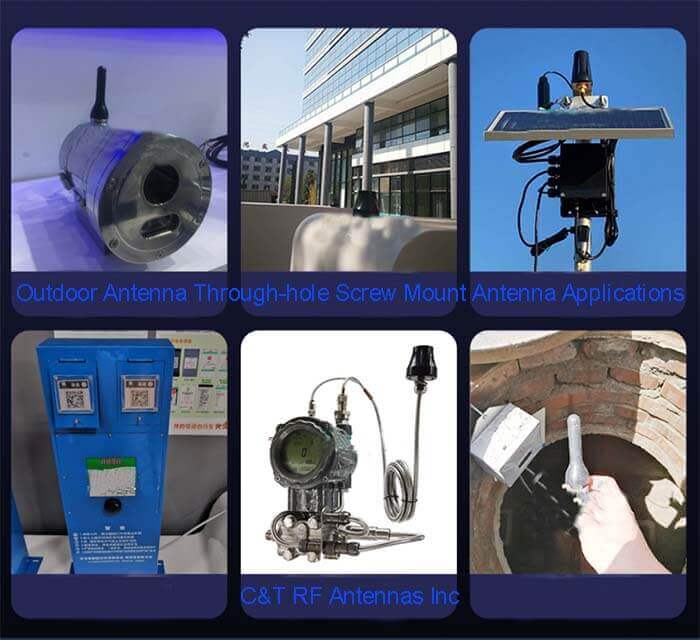

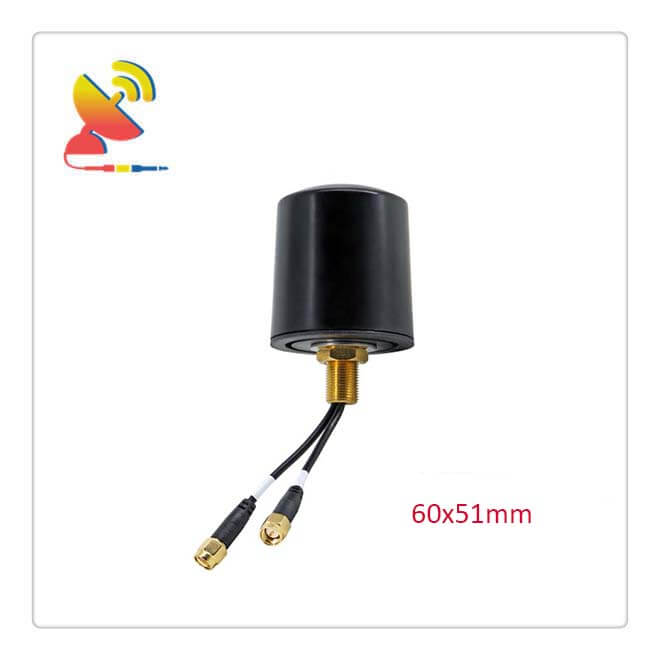
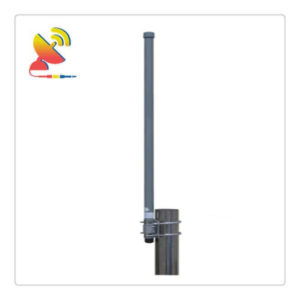
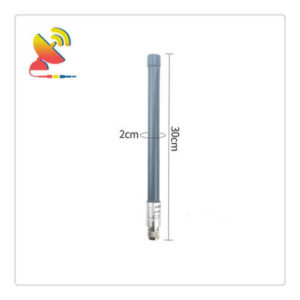
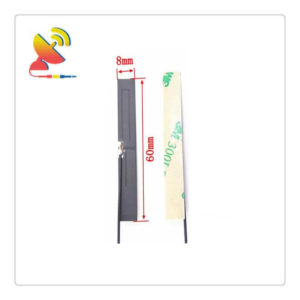
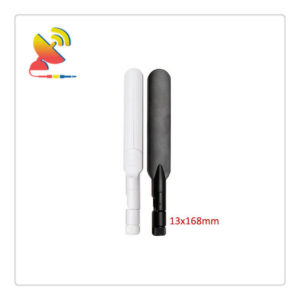
Reviews
There are no reviews yet.